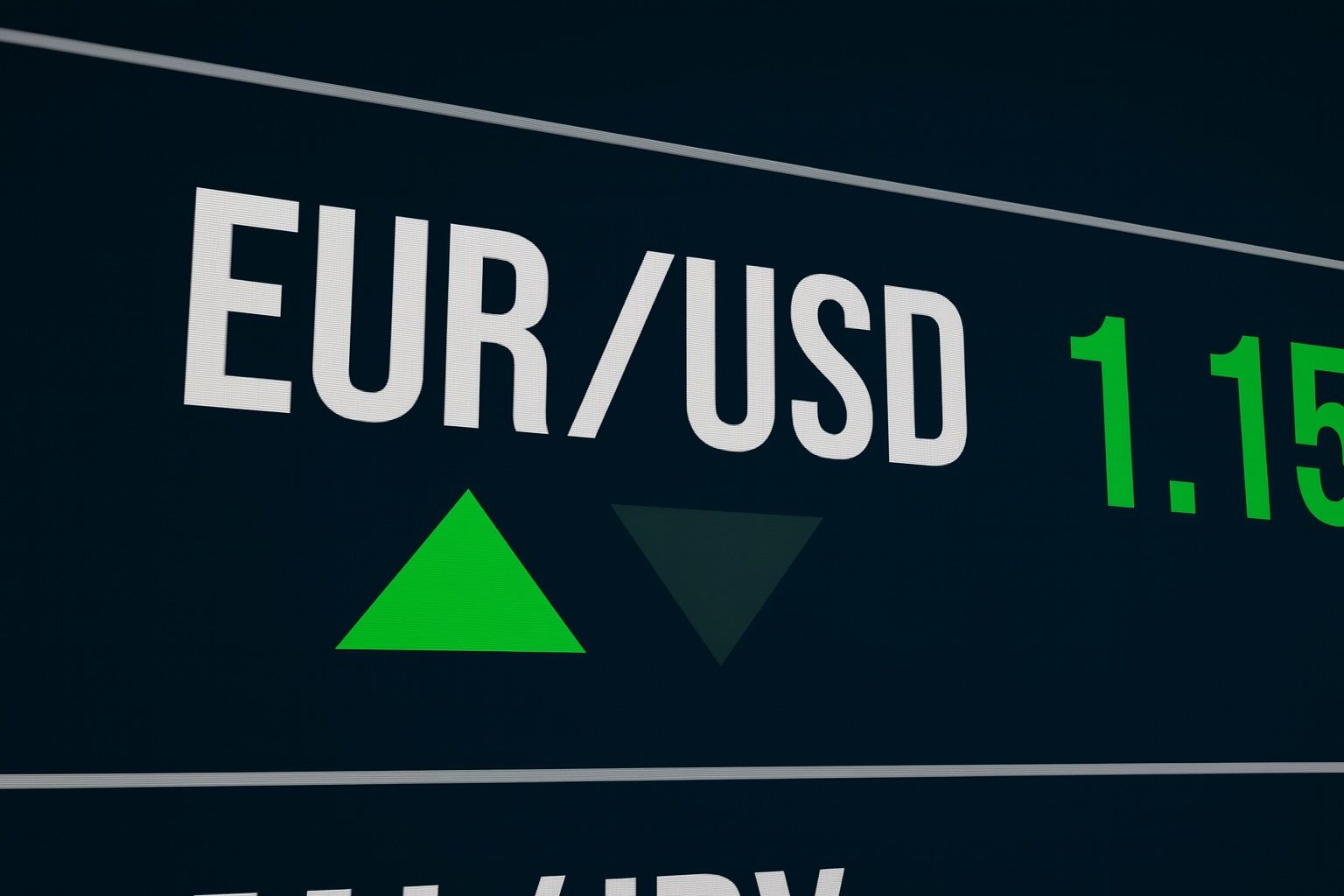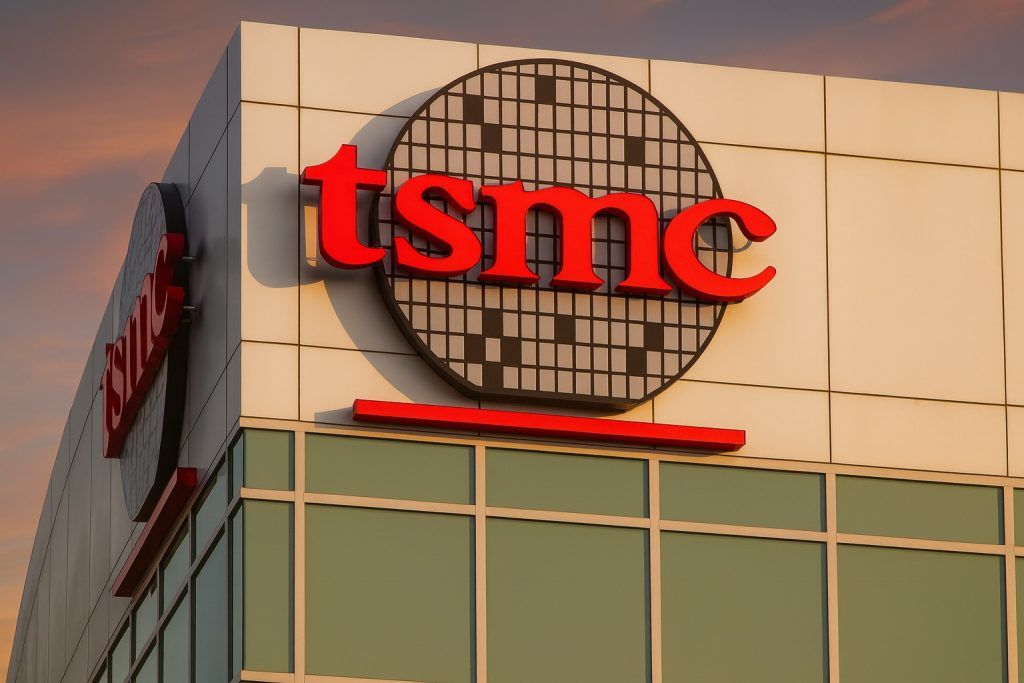- Markets: U.S. stocks climbed on Oct. 15 – the S&P 500 up ~0.4% and Nasdaq +0.7%, even as the Dow dipped slightly [1]. Europe and Asia also saw gains: the MSCI Asia-Pacific ex-Japan index rose ~1.95% and Japan’s Nikkei jumped ~1.8% [2] [3]. Strong bank and tech earnings helped drive the rally.
- Forex & Macro: The U.S. dollar weakened on trade-war jitters – the dollar index fell 0.36% to ~98.7, with the euro up ~0.34% to about $1.1645 [4]. Safe havens surged: gold topped $4,200/oz (a record high [5]) and oil fell near 5-month lows amid supply concerns [6]. Federal Reserve officials signaled further stimulus: Gov. Michelle Bowman said she still expects two more rate cuts this year [7], bolstering risk appetite.
- Sector Moves: Luxury stocks soared after standout results. LVMH spiked ~14% on signs of a China recovery [8], sparking an $80B rally in global luxury shares. In tech, rebounds in chipmakers lifted indices, while Australian markets hit records on easing expectations. By contrast, some Asia markets underperformed (e.g. Hong Kong’s Hang Seng slipped) amid lingering trade tensions [9].
- Stock Highlights: Small-cap Pinnacle Food Group (PFAI) exploded +139% on Oct. 15 after President Trump floated tighter cooking-oil import rules [10] – a rally described as “highly speculative” by analysts. Sea Limited (Shopee’s parent) fell ~9.6% after a recent tech rally, though Wall Street remains upbeat (12‑month targets ~$177 [11]). Latin American ecommerce leader MercadoLibre traded around $2,048 (mid-Oct), down ~5% on the day amid Brazilian competition, but analysts still rate it a “Moderate Buy” with average targets near $2,810 [12].
- Analyst Outlook: Investors are split. Some, like Pepperstone’s Michael Brown, argue “the longer-run path of least resistance continues to point firmly to the upside” for equities [13]. Others warn that U.S.-China brinkmanship hasn’t faded – “it will only simmer down completely when…rare earth export curbs [are] off the table,” notes Kyle Rodda of Capital.com [14]. Overall, Strategists have raised year-end forecasts (with some eyeing S&P 500 levels well into the 6,000–7,000 range by 2026), and corporate balance sheets are solid – even if geopolitical and rate risks remain.
Global markets were buoyed this week by better-than-feared news on several fronts. After a rough September, U.S. bank earnings beat estimates: Morgan Stanley and Bank of America both delivered upside surprises, which helped calm trade-war jitters [15]. European stocks likewise rallied, led by luxury companies: LVMH reported positive third-quarter sales and its shares surged as much as 14%, the biggest one-day rise since 2001 [16] [17]. European indices (Stoxx 600, FTSEurofirst 300) closed higher by ~0.6% [18]. As Stefan Bauknecht of DWS observes, the luxury data “surprised investors positively and are likely to keep the sector’s share price momentum alive” [19].
In Asia, stock markets largely echoed the U.S. rally. Japan’s Nikkei climbed ~1.8%, lifted by gains in chip- and AI-related names after strong results from U.S. tech peers, including TSMC [20]. South Korea’s Kospi jumped ~2.2% to a record high on optimism over a potential U.S.-Korea trade deal [21]. Australia’s ASX 200 also reached record levels (+0.9%) on expectations of looser policy after weaker jobs data. Emerging markets ex-Asia gained ~1.9% [22]. Still, China’s markets were quiet or slightly down, reflecting continued uncertainty over trade and rare-earth export curbs. “I remain of the belief that…markets are headed higher,” said Michael Brown, a senior strategist, noting that current volatility is likely noise rather than a trend reversal [23]. By contrast, Kyle Rodda cautioned that U.S.-China tensions are still brewing and “trepidation will remain in the markets” until those disputes ease [24].
Currencies and commodities painted a risk-on picture. The dollar was broadly weaker: the U.S. Dollar Index fell to ~98.7, with the euro up to ~$1.165 [25] and the yen rising past ¥150. A softer dollar came amid comments that the Fed may ease policy further. As Gov. Bowman told a Washington audience, she expects “two more cuts before the end of this year” [26]. Futures markets reflect that view, pricing in quarter-point rate reductions at the Oct. 28–29 and Dec. meetings. Lower rates would typically boost equities and credit-sensitive stocks. Meanwhile, gold cemented its safe-haven appeal: spot gold climbed as high as $4,241/oz on Oct. 16 [27], crossing $4,200 for the first time. Crude oil lagged: Brent and WTI hovered near five-month troughs (~$61–$62) after the IEA warned of oversupply [28]. Energy shares reflected the slump in oil, while miners and some industrials drew support from the gold surge.
Company-level news drove outsized stock moves. In the U.S., Pinnacle Food Group (PFAI) was a standout: its penny stock rose from ~$1.87 to $4.57 (Oct. 15 close), up ~139% on one day [29]. No new company news explained it – instead, President Trump’s threat to cut cooking-oil imports from China sent agriculture and biofuel-linked names into a frenzy. Markers like Bunge (+12%) and Australian Oilseeds (+280%) also jumped on that trade news [30]. Analysts warned PFAI’s move was speculative: Trading blogs noted a “massive short squeeze” in tiny agtech names [31]. By contrast, larger tech firms saw mixed action. Latin America’s MercadoLibre (MELI) dipped ~5% intraday on Oct. 15 [32] amid concerns about Brazilian competition. But TechStock² notes analysts remain upbeat: the consensus rating on MELI is “Moderate Buy” with an average target ~$2,810 [33], ~30% above current prices, reflecting strong long-term growth expectations. Similarly, after a sharp rally earlier, Sea Limited (SE) slid about 10% on Oct. 15 [34], but Wall Street still sees upside (average 12‑month target ~$177 vs. ~$163 current) [35]. JPMorgan recently raised its Sea target to $230 on Shopee’s improving profits [36]. Notably, Sea’s CEO Forrest Li pointed out that all three businesses (Shopee e-commerce, Garena gaming, SeaMoney fintech) have delivered “robust, healthy growth” [37], giving investors confidence in its multi-unit strategy.
Financials also moved with the newsflow. Most big U.S. banks (Morgan Stanley, Bank of America, etc.) jumped ~4-5% on Oct. 15 after strong earnings [38], but regional First Horizon (FHN) bucked that trend. FHN was flat until its earnings call hinted it was no longer pursuing a takeover, then plunged ~13% [39]. Still, analysts say the pullback could be a buying opportunity: RBC and Barclays recently lifted FHN’s price targets to $27–$29 [40], noting its Q3 beat and the possibility of the Fed easing ahead. One strategist noted that with inflation and employment “within ranges that are reasonable,” bank earnings should stay healthy [41]. In turn, FHN’s consensus 1-year target is about $25.3 (roughly 14% above its pre-drop level) [42], suggesting analysts see room to rebound.
Outlook: On balance, many observers remain constructive. The broad stock rally (global indices up ~0.75%) reflects optimism that corporate profits and possibly easier monetary policy can overcome geopolitical risks [43] [44]. Analysts on TS2.tech note that long-term fundamentals – such as e-commerce growth and AI investments – underpin many tech valuations despite recent pullbacks [45] [46]. As one Fed-watcher told Reuters, “I think as long as we see the labor market and other data evolving in the way that I expect, then we will continue to be on a path for lowering the federal funds rate” [47], implying further support for equities. Still, uncertainty lingers: any escalation in the U.S.-China trade conflict could trigger a flight to safety again. For now, with the dollar soft and gold at records, many investors seem to be betting on a soft landing and continued gains. As markets await next week’s Fed meeting and more corporate updates, analysts will watch closely whether this mid-October rally becomes a sustained rebound or a brief pause before the next leg down.
Sources: Reuters market reports and interviews [48] [49] [50] [51] [52]; TechStock² company analyses [53] [54] [55] [56]. All data as of Oct. 15–16, 2025.
References
1. www.reuters.com, 2. www.reuters.com, 3. www.reuters.com, 4. www.reuters.com, 5. www.reuters.com, 6. www.reuters.com, 7. www.reuters.com, 8. www.reuters.com, 9. www.reuters.com, 10. ts2.tech, 11. ts2.tech, 12. ts2.tech, 13. www.reuters.com, 14. www.reuters.com, 15. www.reuters.com, 16. www.reuters.com, 17. www.reuters.com, 18. www.reuters.com, 19. www.reuters.com, 20. www.reuters.com, 21. www.reuters.com, 22. www.reuters.com, 23. www.reuters.com, 24. www.reuters.com, 25. www.reuters.com, 26. www.reuters.com, 27. www.reuters.com, 28. www.reuters.com, 29. ts2.tech, 30. ts2.tech, 31. ts2.tech, 32. ts2.tech, 33. ts2.tech, 34. ts2.tech, 35. ts2.tech, 36. ts2.tech, 37. ts2.tech, 38. ts2.tech, 39. ts2.tech, 40. ts2.tech, 41. ts2.tech, 42. ts2.tech, 43. www.reuters.com, 44. www.reuters.com, 45. ts2.tech, 46. ts2.tech, 47. www.reuters.com, 48. www.reuters.com, 49. www.reuters.com, 50. www.reuters.com, 51. www.reuters.com, 52. www.reuters.com, 53. ts2.tech, 54. ts2.tech, 55. ts2.tech, 56. ts2.tech







